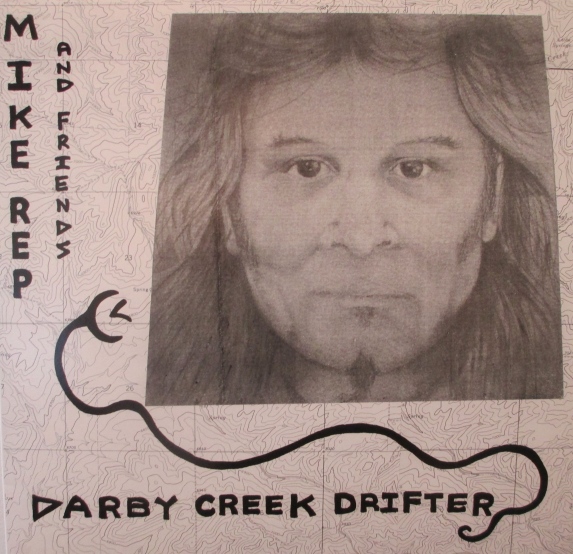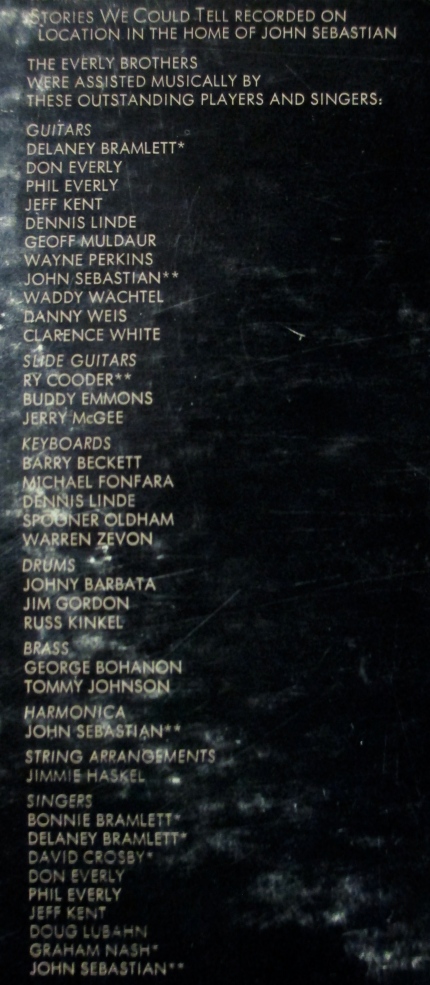Clearing
Who is in my Temple
circa 1970
*** noteworthy

Clearly coming from 1960s’ folk but like classic UK outfits from this era, this is influenced by the music of other places and times. And like the late-60s folk from the British Isles, this is superior to most commercial folk from the US.

It’s mostly vocal cuts, a mix of originals and traditional songs, and also features a few instrumentals–including a wonderful mandolin/dulcimer rendering of Beethoven’s “Ode to Joy.”

The intimate basement sound makes this a window to another time, a view through a basement window to a candle-making collective trying to deal with the death of the 60s. It’s also a musical exploration of the innocent Boston beginnings of the Unitarian Universalists. Most important, it’s a rare gem for fans of folk music from this long-gone era. You can almost smell those sand candles burning.
— winch (author of…
LINK TO SELLERS:





























